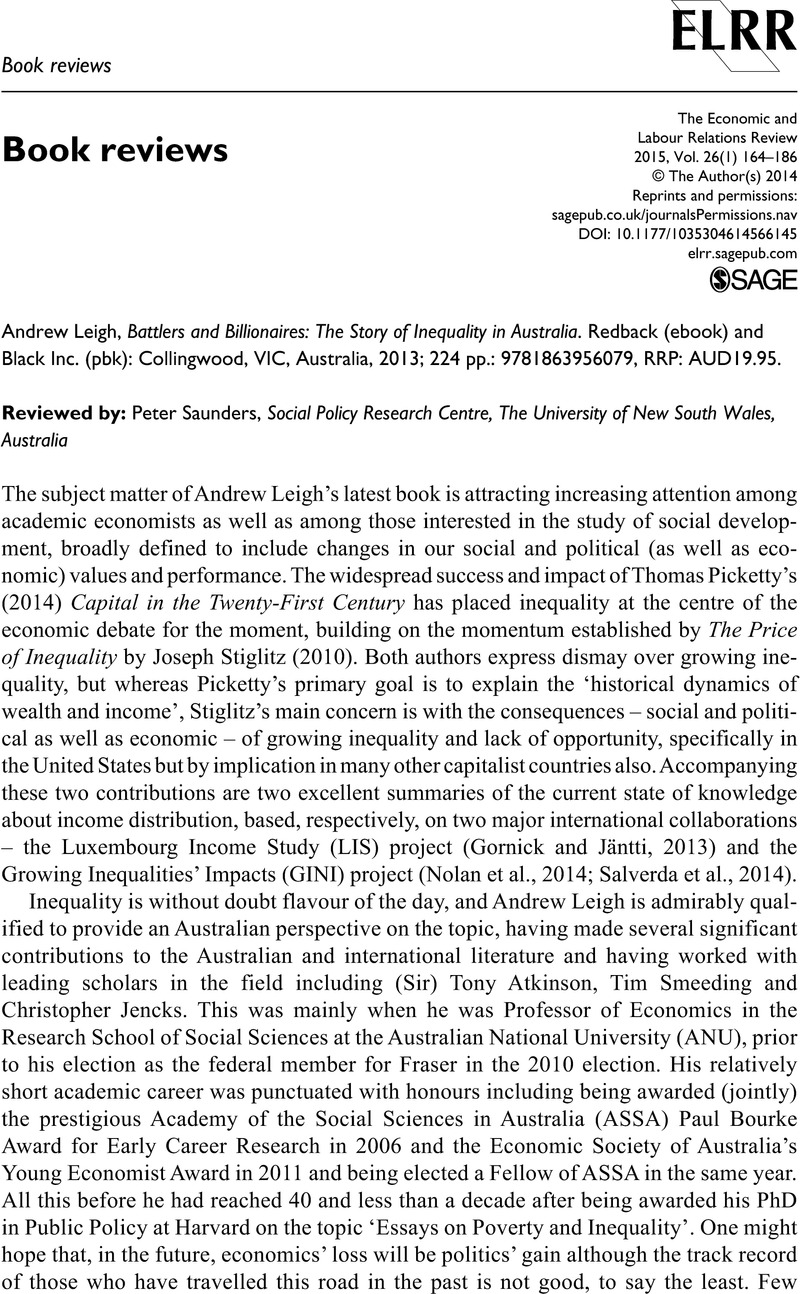Organisation for Economic Cooperation and Development (OECD) (
2014) OECD Income Distribution database: GINI, poverty, income, methods and concepts. Available at:
www.oecd.org/social/income-distribution-database.htm (accessed 30 October 2014).
Google Scholar 